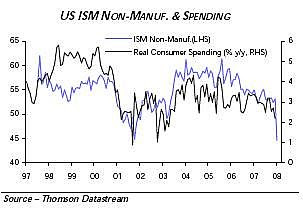An excerpt from the last USDA Floriculture and Nursery Crops Outlook report published by USDA-ERS:
After this issue of Floriculture and Nursery Crops Outlook, ERS will no longer maintain an active market analysis program in this area and will suspend publication of Floriculture and Nursery Crops Outlook and Yearbook. This action is being taken due to a reduction in data coverage that limits the scope of ERS analysis, resource limitations, and changes in staff assignments. This comes in the wake of USDA-NASS cutting the Floriculture Crops reporting states from 36 states down to only 15 and only conducting the Nursery Crops survey every third year. All of this comes about of course because of budget cuts. I know the folks at both agencies and they work hard to supply our industry with this data. But it doesn’t negate the fact that this is going to be a major problem for the green industry! Without these data, we have less opportunity to demonstrate our economic importance to the U.S. economy, less capability to evaluate the effects of legislation regarding immigration and other policy issues, less means of combating poorly designed municipal policies regarding water and other resource usage, less potential to influence the dramatic changes that are needed in the crop insurance program, and less ability to make informed managerial decisions about running our green industry businesses. Now is the time for voices to be heard…catch my drift?
